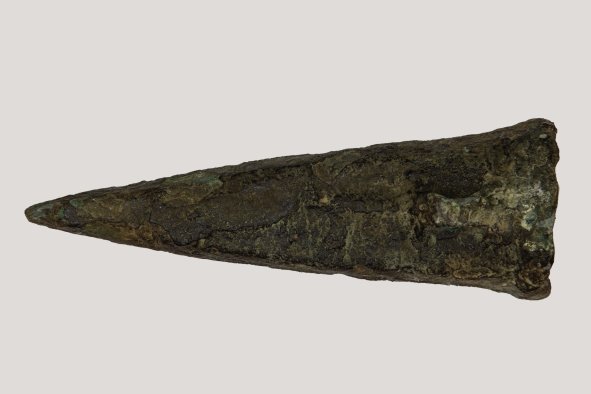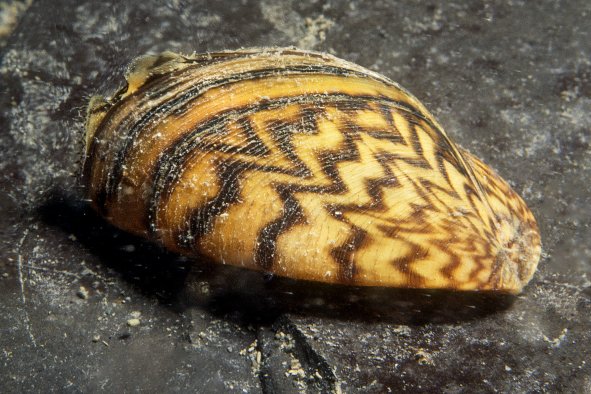Stargazers are in for a treat in the coming weeks as the Delta Aquariid meteor shower approaches its peak.
The annual shower is forecast to peak on the night of July 29-July 30 this year, but will be visible between mid-July to mid-August.
The meteors appear to originate from the constellation Aquarius, specifically near the star Delta Aquarii, hence the name Delta Aquariids.
How to watch the Delta Aquariid meteor shower
This meteor shower usually results in around 20 meteors being seen per hour, which are moving at speeds of around 25 miles per second. The meteors in this shower are often quite faint, often without trails and fireballs, meaning that best viewing requires minimal light pollution from the moon or city lights.
NASA advises finding a location away from city lights and pollution for better visibility, and allowing your eyes to adjust to the darkness for about 20-30 minutes.
Luckily, this year the moon will only be about 30 percent full on the night of the peak, and will rise after midnight from July 28 onward, so the hours around midnight before the moon rises will be best for spotting meteors.
The meteors will appear to come from the constellation of Aquarius, which will be visible looking south in the Northern Hemisphere, between the constellations Capricornus and Pisces. This meteor shower is more visible in the Southern Hemisphere and southern latitudes of the Northern Hemisphere, due to the radiant point being higher in the sky.
"Looking halfway between the horizon and the zenith, and 45 degrees from the constellation of Aquarius will improve your chances of viewing the Southern Delta Aquariids," NASA said.
The Delta Aquariids often overlap with the Perseid meteor shower, which peaks in mid-August. This can create a higher number of meteors visible in the sky during this period. Perseid meteors will instead appear to come from the constellation of Perseus.
What causes the Delta Aquariid meteor shower
Meteor showers are usually caused by the Earth passing through streams of debris left behind by comets. Comets release gas and dust as they approach the sun, which forms a stream along its orbit that remains in the comet's path even after the comet moves away.
As the Earth orbits the Sun, it periodically intersects these streams of cometary debris. When the Earth passes through this debris field, the particles enter Earth's atmosphere and encounter friction with the air at high speeds, causing the particles to heat up and vaporize, creating a streak of light known as a meteor.
"If it just so happens that the Earth runs through one of these streams of dust and debris laid down by a comet, we get a meteor shower. The dust crashes into our atmosphere and ablates about 80 km (50 miles) above the ground, visible from the ground as a meteor (or 'shooting star')," Jonti Horner, an astrophysics professor at the University of Southern Queensland, Australia, told Newsweek.
Since the debris streams are generally stable and follow the same orbit as the parent comet, meteor showers occur annually around the same dates when the Earth intersects these streams. This is why the Delta Aquariids occur around this time every year.
The comet responsible for this meteor shower isn't entirely clear to astronomers, but is highly suspected to be Comet 96P/Machholz, which orbits the sun every 5 years or so, according to NASA.
Do you have a tip on a science story that Newsweek should be covering? Do you have a question about meteor showers? Let us know via science@newsweek.com.
Disclaimer: The copyright of this article belongs to the original author. Reposting this article is solely for the purpose of information dissemination and does not constitute any investment advice. If there is any infringement, please contact us immediately. We will make corrections or deletions as necessary. Thank you.




